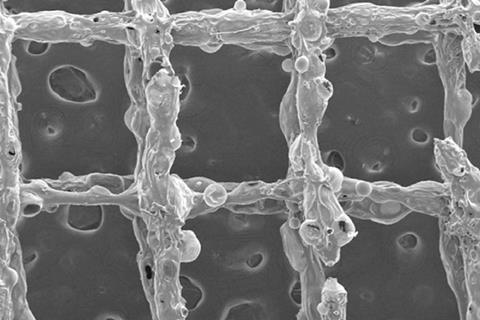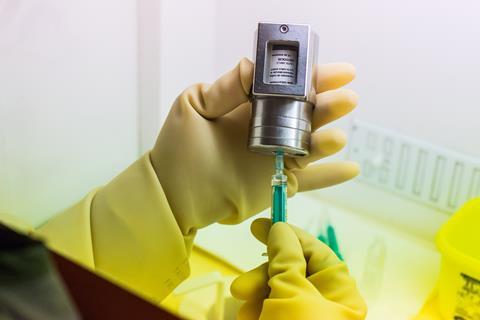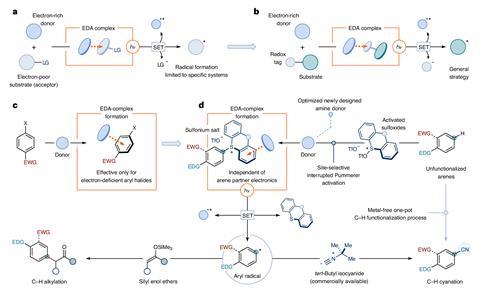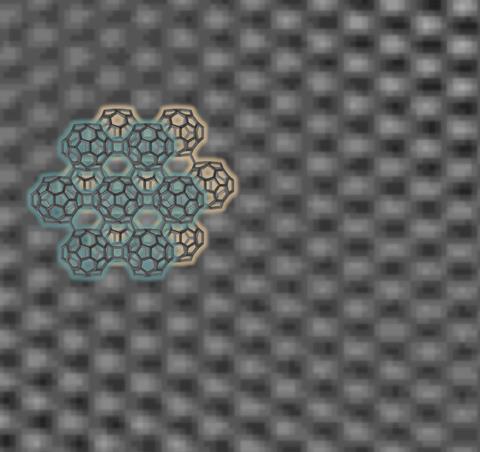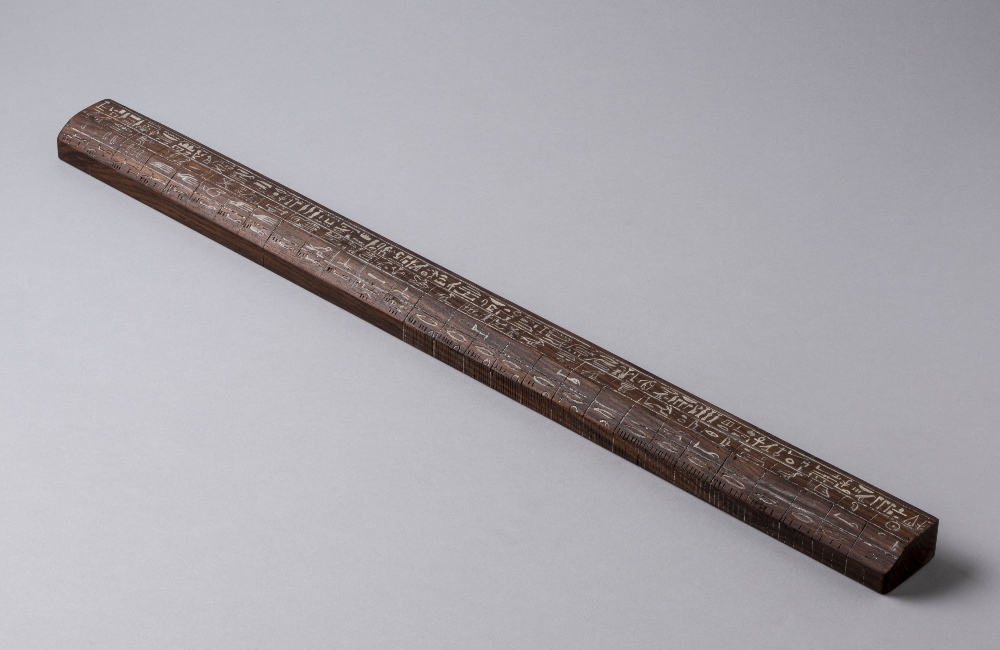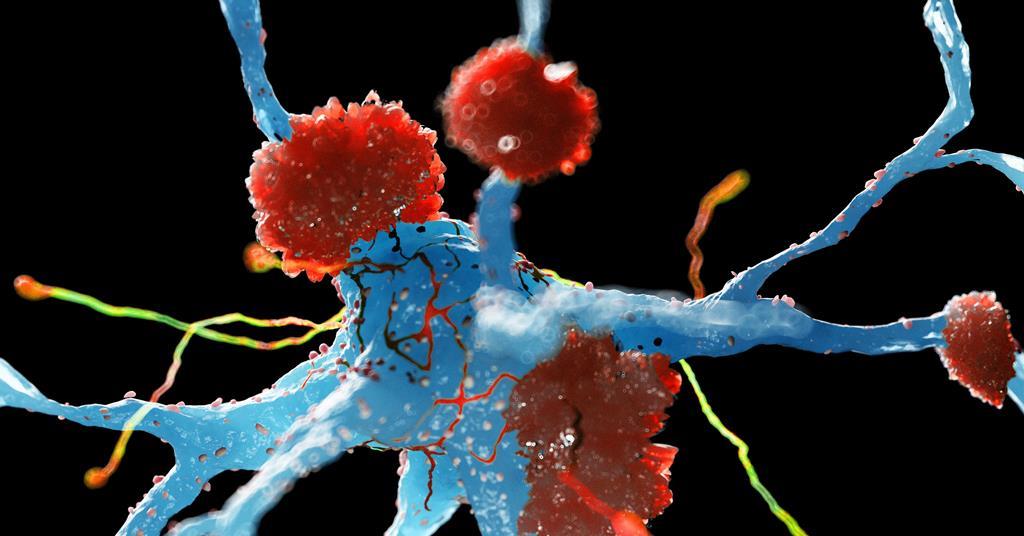The HistSci-Hulk woke up briefly from his winter slumbers to cast a bleary eye over a piece by Katie Steckles on the web site Spektrum.de SciLogs celebrating, what some are calling the Fibonacci New Year, because it starts with 1/1/23 the first four digits of the so-called Fibonacci sequence. It doesn’t really because the sequence […]
Read More

